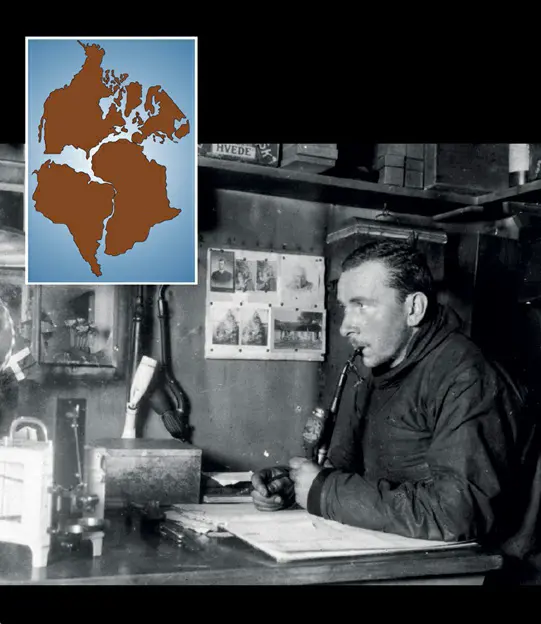Alfred Wegener, a German geologist, revolutionized our understanding of the Earth’s geography with his theory of continental drift. The resemblance of continents fitting together like a jigsaw puzzle, particularly the alignment of South America with southern Africa, intrigued Wegener. In 1912, he proposed that all continents were once part of a single landmass he named “Urkontinent,” suggesting they had drifted apart over time.
Wegener’s observations extended beyond mere geography; he noted striking similarities in rock formations and fossil types across continents separated by oceans. His hypothesis suggested that continents, including Antarctica, Australia, India, and Madagascar, were once connected. Despite Wegener’s compelling evidence, his theory initially faced skepticism from the geologic community, partly due to the lack of a clear mechanism for such movement and his overestimated rate of continental drift.
It was not until the mid-to-late 20th century that Wegener’s ideas gained full acceptance, bolstered by discoveries like island arcs, seafloor spreading, and the concept of tectonic plates. These plates, floating on the Earth’s mantle, provided the mechanism for continental movement that Wegener’s theory lacked. His concept of “Urkontinent” evolved into what is now known as Pangea. Wegener’s work stands as a testament to the importance of innovative thinking in scientific discovery.

